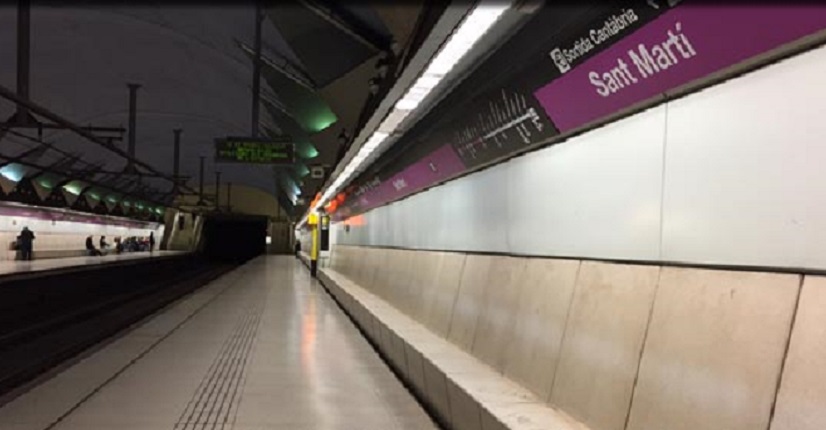More passengers on public transport and more use of bicycles
Barcelona saw different variations in mobility last week: an increase of 26% in journeys made using public transport and an increase of 198% in the use of bike lanes in the city, largely attributable to sports activities, along with a 1% increase in journeys made with private motor vehicles.
The latest changes to lockdown measures decreed by the central government have led to an increase in mobility and variations in the means of transport used.
A total of 338,000 journeys were recorded on public transport in Barcelona on Thursday 7 May (estimation based on data from the Metropolitan Transport Authority), representing a 26.4% increased compared to the previous week (30 April). The increase equates to 70,000 more journeys on services offered by the various operators in the Catalan capital (TMB buses and metro, FGC, RENFE, TRAM and inter-urban buses).
Compared to the volume of journeys from before the Covid-19 health emergency, these figures still reflect a drop of 86% in the overall volume of passengers.
In terms of services operated by TMB, the number of journeys registered yesterday was 208,438, some 21.3% more than last week, while the buses saw 94,939 journeys registered, an increase of 27.2% Even so, compared to the usual volume of journeys for a working day before the health emergency, the figures show a drop in passengers of 84.8% on the metro and 87.8% on the bus network.
The data for the return of passengers to the metro and the buses comes in parallel to the application of new safety measures for public transport, notably the obligation to travel wearing a face mask. Volunteers from the Catalan Red Cross and the City Council handed out a total of 225,000 face masks to users of these two transport networks this week. The masks were distributed at 26 stations and interchanges with the rail network.
In relation to private motor vehicles, last week saw a total of 678,000 journeys a day, representing an overall increase of 1% compared to the data from the previous week. Even so, compared to the figures for February the overall traffic volume was down by 59.3%.
By zone, there was a drop of 62.7% at access roads to the city, 60.7% within the city and 51.8% around the ring roads. The reductions in traffic are comparable to the first few days after the state of emergency was applied.
Over 100,000 bike journeys a day
The use of bicycles in the city is up by 198% compared to last week and as of today
a total of 102,000 journeys have been recorded per day.
Bike lanes are being used most between 7 am and 10 am, largely coinciding with the hours when walking and sports activities are permitted.
The increase in mobility by bike also therefore reflects these recreational movements.
Compared to the volume of bike journeys before the health crisis, the use of bike lanes is still down by 40.7%.
More local trains on working days
As of today, Monday 11 May, RENFE is increasing its local train service in and around Barcelona to 90% during rush hours and 87% during the rest of the day, from Monday to Friday.
This measure has been taken in coordination with the operator and sticks to the parameters set out by the health authorities. Services provided at weekends and on the rest of the Rodalies local train lines in Catalonia will continue to operate at current levels.
Over the last week there has been a drop in daily demand for Rodalies local train services of around 86%. This means occupancy levels represent 50% of the maximum capacity at most. The safety distances between passengers recommended by the health authorities are thus being respected.











